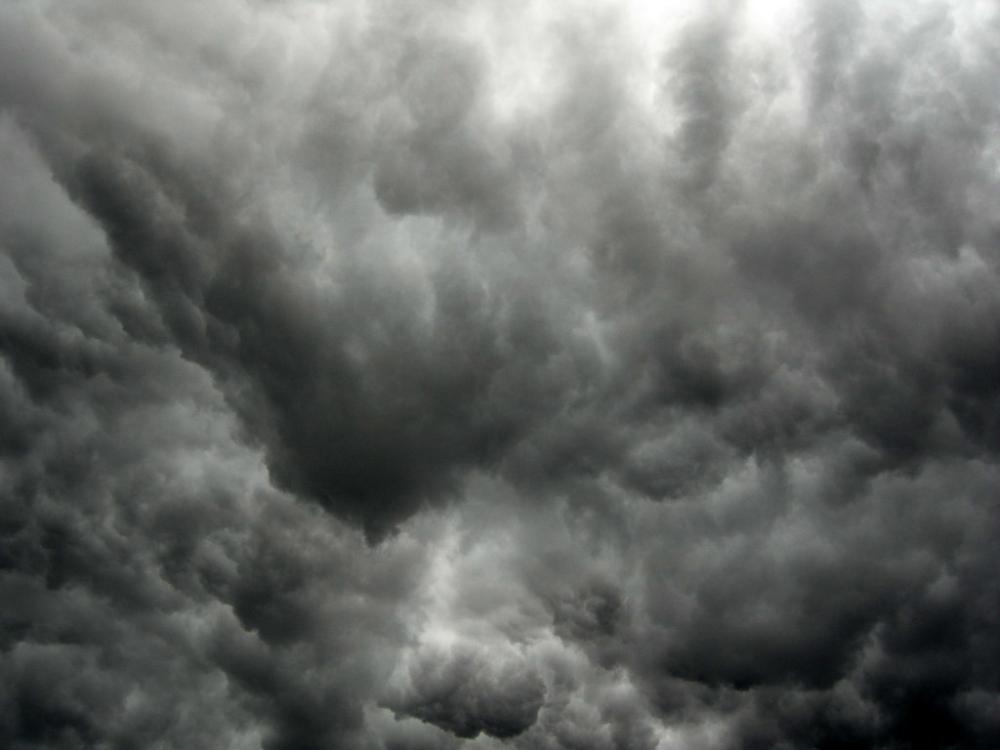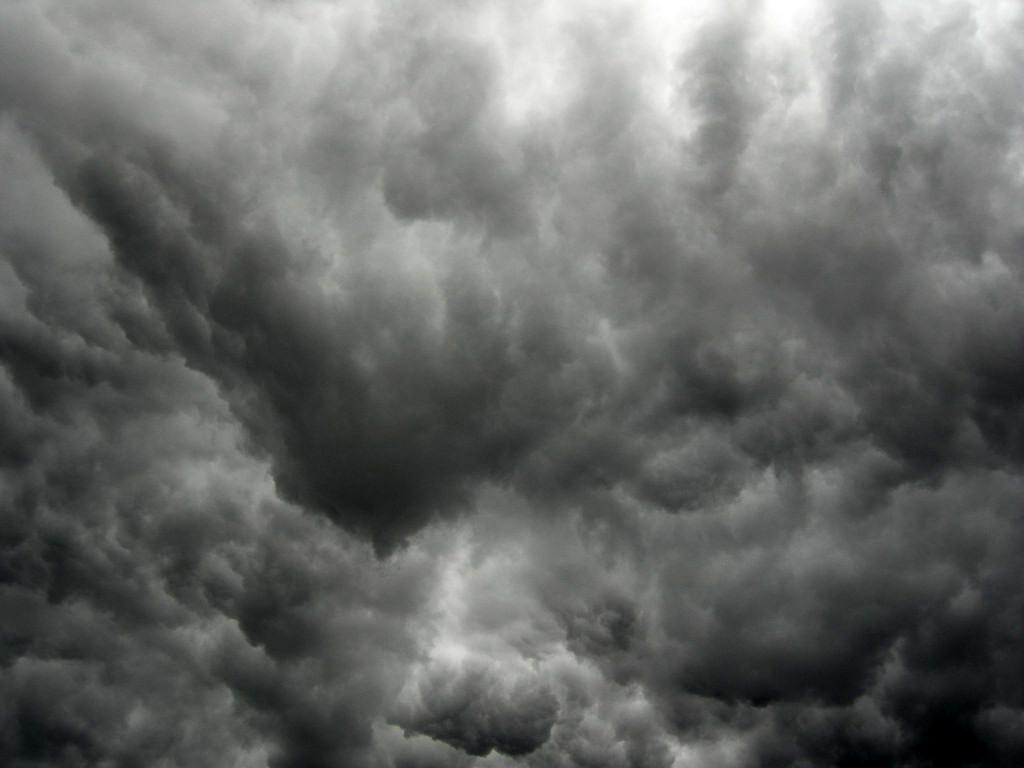| Mon | Tue | Wed | Thu | Fri | Sat | Sun |
|---|---|---|---|---|---|---|
|
1
|
2
|
3
|
4
|
5
|
6
|
7
|
|
8
|
9
|
10
|
11
|
12
|
13
|
14
|
|
15
|
16
|
17
|
18
|
19
|
20
|
21
|
|
22
|
23
|
24
|
25
|
26
|
27
|
28
|
|
29
|
30
|
31
|
|
|
|
|
Programme leaflet 'A Nublo'
WHEN THE LIGHT TOUCHES THE EYES OF THE AUDIENCE, AND THE SPECTATOR DARES TO CARESS THE SEATS
An interview with Maria Jerez and Edurne Rubio, by Eva Decaesstecker (Kaaitheater, 23/06/2021)
In A Nublo, you let the theatre and its machinery to stimulate imagination, collide with the landscape of a valley. What is for you the connection between valleys and theatre? And how do you let both spaces meet one another?
We work with the idea of looking at the theatre as a topography, as a landscape with its own geographical features, an architectural terrain, but a terrain anyway. The seats go uphill, the balconies create unevenness, the bridges and tubes contain various technology and materials, such as light, sound, curtains, and the stage itself in turn is modifiable. We look at the theatre as something mobile, as an ecosystem that is set in motion by activating its different elements automatically or manually: smoke machines, ventilation, temperature, pipes going up and down, or even the viewer's own presence. Everything is likely to change the landscape and the sensations of inhabiting it… as in a valley.
We create the encounter between the valley and the theatre through the elements of the theatre: an inner space, built by and for humans, as invocation of outer space and the natural phenomena that inhabit that exterior. We work on the analogy of the different elements and generate a third space between the natural and the artificial, nature and culture, the recognizable and science fiction, the mysterious and the known. We don’t create this third space through the construction of a scenography that represents nature, but by using the theatrical elements as they are and changing our way of looking at them. The light of the theatre is not at the service of something that must be illuminated but it is the phenomenon in itself and the same happens with the sound , the clouds, the colours, the ventilation, the temperature…
The piece refers to an old Spanish tradition in which villagers used to cry and sing directly into the cloudy sky to ward off an approaching storm. Are you with this piece looking for a way to reconnect art with its functionality, such as being part of rituals?
We like that tradition of northern Spain — which in fact gives title to the piece — because it points out something that interests us a lot in this work: how do we, as humans, relate to natural phenomena, which have a different temporal and spatial scale to ours? What forms of approach and encounter do we have with these phenomena? What forms of relationship do we find with something that goes beyond our capacities? We don’t want to offer a solution, we want to experience the problem. We ask ourselves the question from the present but also looking at the different ways humanity has tackled it throughout history: from the gods, science, art, romanticism, the apocalypse, anthropomorphism, animism…
We really like how those songs of the Spanish tradition relate to the natural phenomenon, how it is a way to speak directly to storms.
You approach the theatre as a sensitive space. Can you explain what that means? What makes a theatre sensitive?
The theatre smells, touches, sounds, reflects, resonates, vibrate, changes colour, blinds… and does so from all angles. It is a multidirectional space. This piece uses that multidirectionality: things do not happen only frontally, but also near, behind, next to, above, below… In the smell, in the change of temperature, in the ears, on the skin… events occur on a micro scale as well as on a larger scale… A Nublo attempts to focus on the textures of the theatre and how the different elements of the theatre can be sensualized in contact with each other and in contact with the viewer. We like that the light touches the eyes of the audience, that the spectator dares to caress the seats, that the wind moves the curtains, that the light affects the reflections, that these reflections, in turn, touch the spectator, that the humidity is felt. That the presence of the spectators modifies the theatre. That is what makes the theatre a sensual and sensitive, sometimes uncertain, space.
This is the first performance you made together, but you collaborated in the past already on for example the film Maria gaat naar school. What do you find in one another to work together? And will there be other collaborations in the future?
We met in 2002 in a programme for young artists working on the border between visual arts and dance. This programme was called Mugatxoan and took place in Arteleku, San Sebastian and at the Serralves Foundation, Porto. The programme emphasized on the artistic process as a space for both theoretical and practical knowledge and the importance of this for the creation of pieces in long periods of time. We believe that we both identify a lot with this way of working that has stayed in practice ever since. A way of working based on experimentation and a decision-making based on what we see, in relation to what happens and not so much to what we had in mind a priori. We use the position of being the first spectators of our work to understand what kind of experience the work is producing and what it can do in the spectator. This mutual understanding of what a process is, has meant that over the years we have accompanied each other in one another’s work. We both work with very different formats, which makes us very open to the fact that the work can take many forms.
A Nublo is the first play for theatre that we signed as co-authors and what is happening is that this process is taking us to new forms of the research we have carried out. For example we have been able to develop other formats such as inviting an audience to witness the real natural phenomena we were investigating for A Nublo: sunrises, sunsets, storms, mists… We also created a series of podcasts to watch the sunrise and sunset accompanied by conversations with experts, and the online piece Shan Shui in the midst of a pandemic. Let's say that A Nublo's research is taking on a life of its own and we continue to work together, letting ourselves be carried away by the wave.

